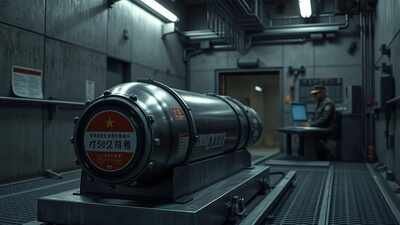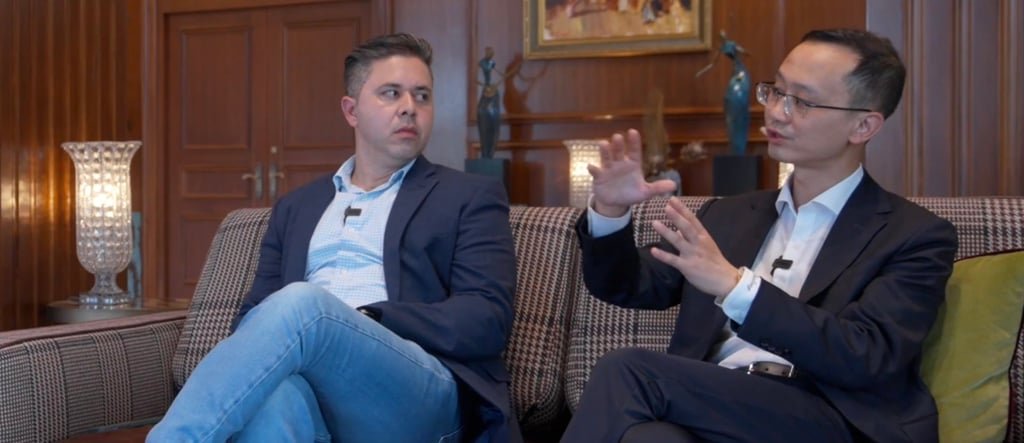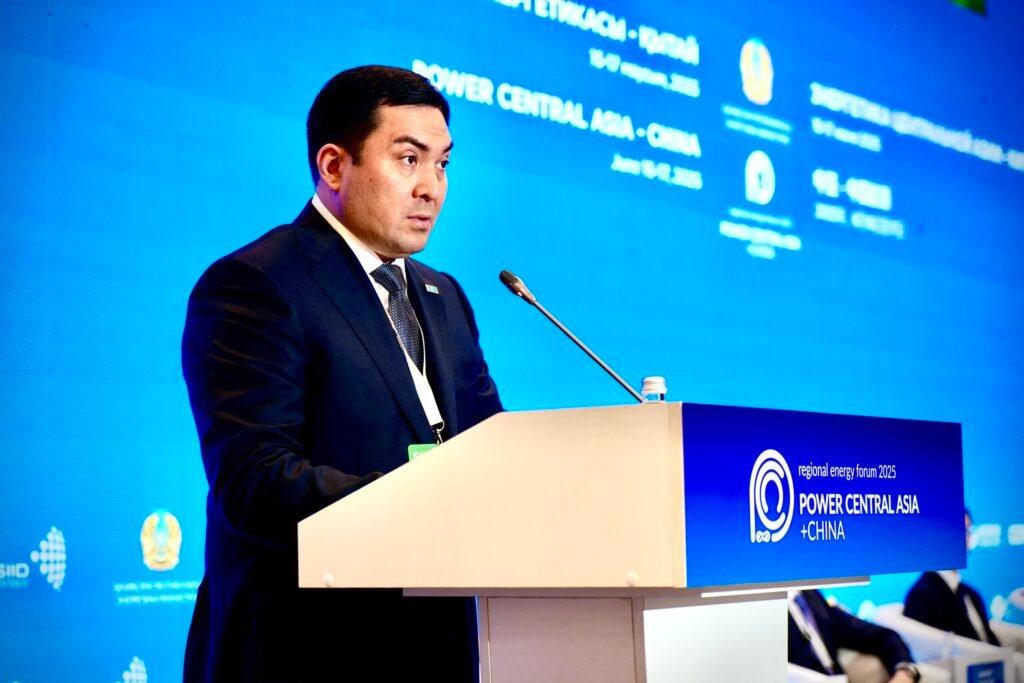The findings suggest that arsenals of nine nuclear-armed states are expanding at a time of geopolitical uncertainty and the global inventory stands at 12,241 warheads, with the US and Russia accounting for nearly 90% of these.
The scale of Chinese nuclear expansion is unprecedented. It has been adding 100 warheads a year since 2023, taking the total to 600. As per projections, China will touch 1,500 warheads by 2035. It is also close to completing the construction of 350 new intercontinental ballistic missile silos in the north and east of the country.
“China could potentially have at least as many ICBMs as either Russia or the USA by the turn of the decade. Yet even if China reaches the maximum projected number of 1,500 warheads by 2035, that will still amount to only about one third of each of the current Russian and US nuclear stockpiles.”


Live Events
On India, Sipri says India has slightly expanded its arsenal to 180 warheads, adding eight from the previous number of 172 and has been developing new missiles that will be capable of launching multiple warheads. “India’s new ‘canisterized’ missiles, which can be transported with mated warheads, may be capable of carrying nuclear warheads during peacetime, and possibly even multiple warheads on each missile, once they become operational,” the report says, noting new variants of the Agni series of missiles that have been tested in the recent past.
Pakistan too is developing new missiles, but Sipri estimates that it has not added more warheads and the number remains static at 170.






